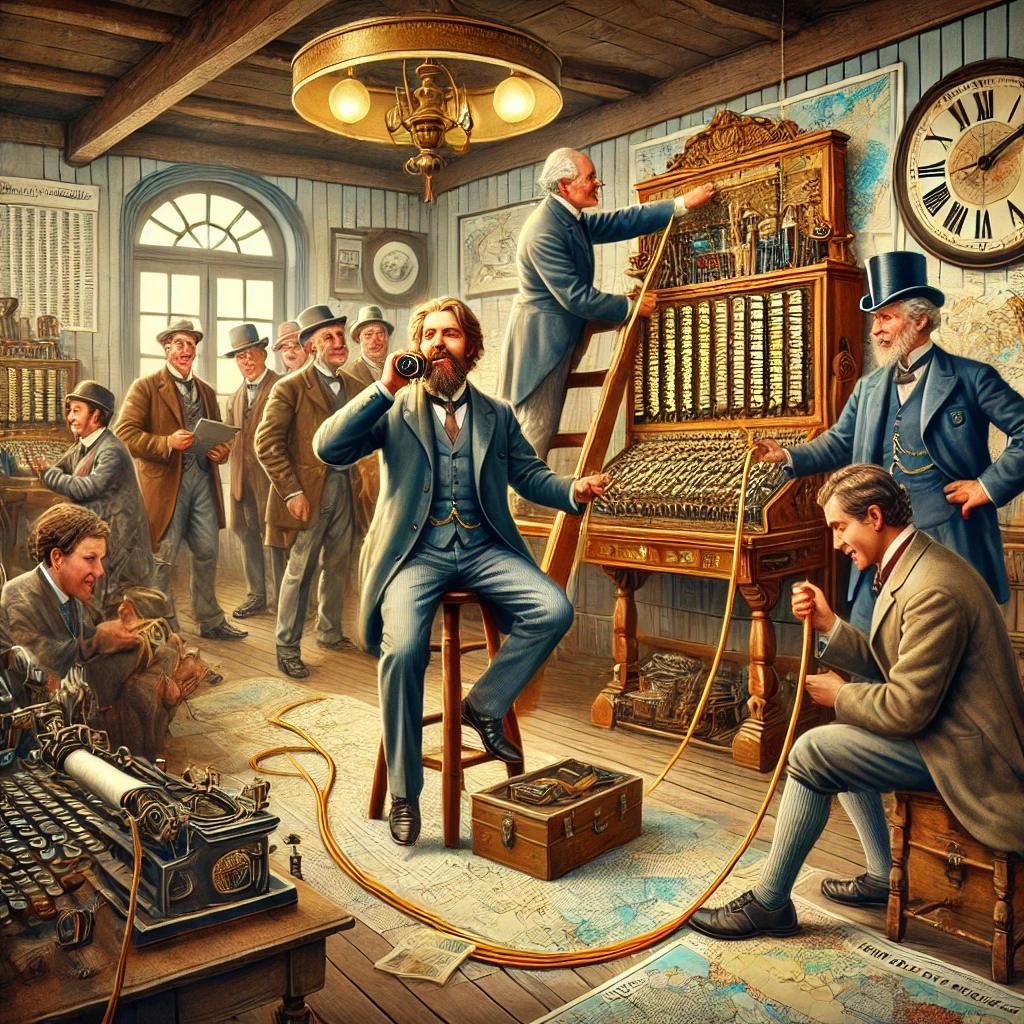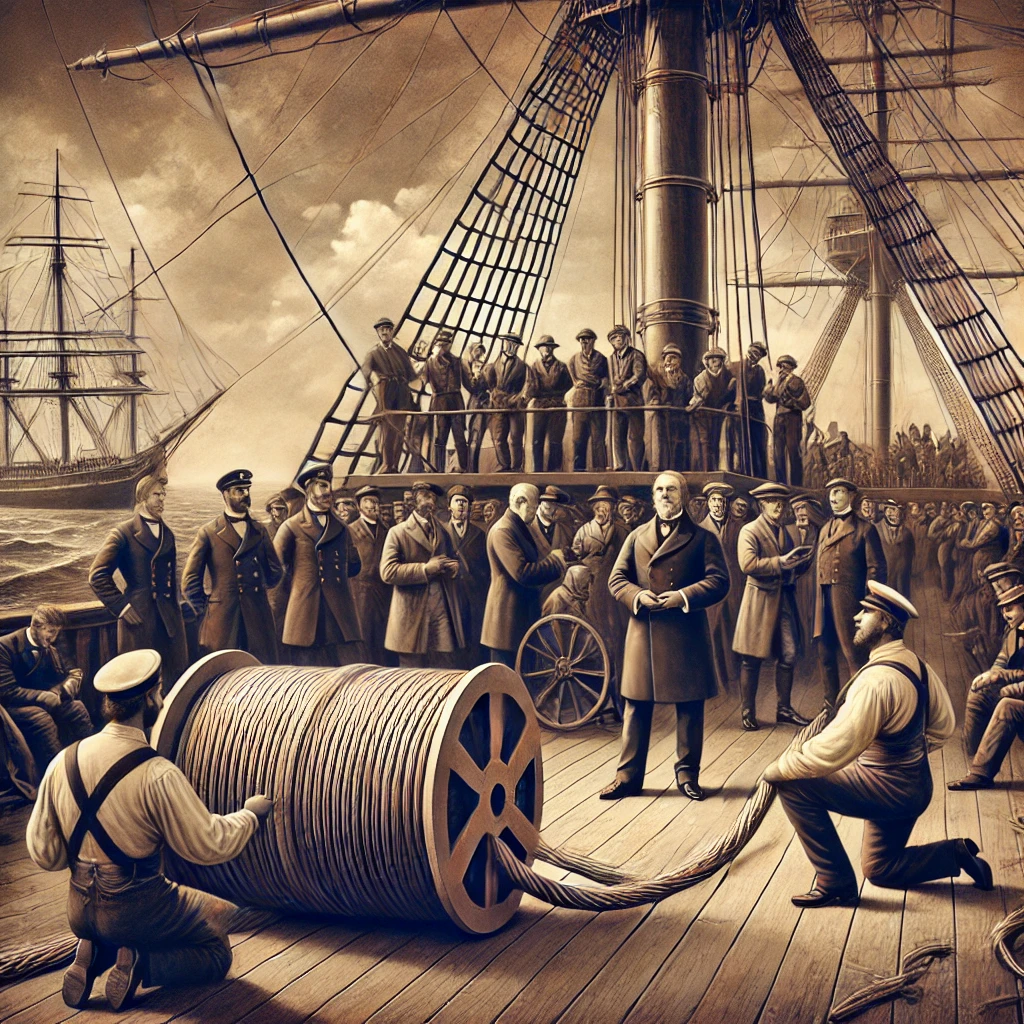On August 5, 1858, the first successful transatlantic telegraph cable was completed, marking a monumental advancement in communication technology. This breakthrough allowed for near-instantaneous communication between Europe and North America, transforming global communication and international relations. The successful laying of the cable was a result of years of effort and innovation, overcoming numerous technical and logistical challenges.
The project, spearheaded by American financier Cyrus West Field and a team of engineers and scientists, involved laying a cable across the Atlantic Ocean from Ireland to Newfoundland. The completion of this cable revolutionized long-distance communication, enabling messages to be sent in a matter of minutes rather than weeks, which had previously been the norm using ships.
The Technical Challenges
The successful completion of the transatlantic telegraph cable was a remarkable feat of engineering and perseverance. The initial attempts to lay the cable in 1857 ended in failure due to technical problems and the harsh conditions of the Atlantic Ocean. However, the project team, including engineers such as John Brett and William Thomson (later known as Lord Kelvin), persisted and refined their techniques to overcome these challenges.

The cable, which was approximately 2,500 miles long, had to be carefully insulated and manufactured to withstand the pressures of deep-sea conditions. Special ships, equipped with cable-laying equipment, were used to transport and lay the cable on the ocean floor. The successful deployment of the cable required precise coordination and significant advancements in technology, including the development of improved insulating materials and cable-laying machinery.
The Impact on Global Communication
The completion of the transatlantic telegraph cable had a profound impact on global communication and international relations. Prior to this achievement, communication between Europe and North America relied on slow and unpredictable methods such as ships, which could take weeks to deliver messages. The telegraph cable revolutionized this process, allowing for real-time communication and significantly enhancing diplomatic, commercial, and personal interactions between the continents.

The cable facilitated more efficient and timely exchange of information, which was crucial for trade, diplomacy, and news dissemination. It also marked the beginning of a new era in communication technology, leading to further innovations and the eventual development of global communication networks. The success of the transatlantic cable demonstrated the potential for technological advancements to bridge distances and bring people closer together.
The Legacy of the Transatlantic Cable
The completion of the first transatlantic telegraph cable on August 5, 1858, remains a landmark achievement in the history of communication. It paved the way for future developments in global communication, including the advent of the telephone, radio, and the internet. The success of the cable highlighted the possibilities of technological innovation and its ability to connect the world in new and transformative ways.
The transatlantic telegraph cable also represented a significant milestone in human ingenuity and collaboration. The project required the efforts of numerous individuals and organizations working together to overcome the challenges of the era. Its completion stands as a testament to the power of innovation and the drive to connect people across vast distances.

The legacy of the transatlantic telegraph cable endures as a symbol of progress and connectivity. It serves as a reminder of the remarkable achievements that can be accomplished through perseverance and technological advancement. The successful laying of the cable on August 5, 1858, was not just a technical accomplishment but a transformative event that reshaped global communication and laid the groundwork for the interconnected world we live in today.
